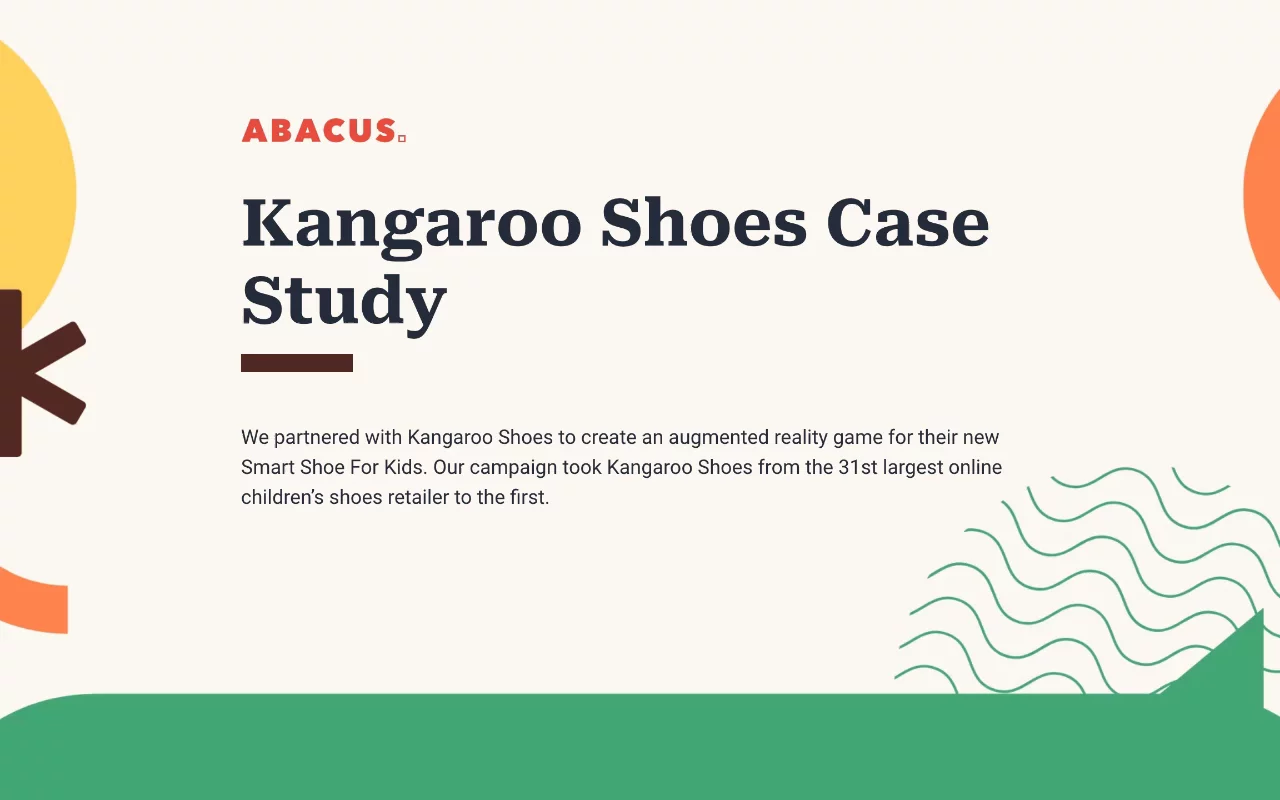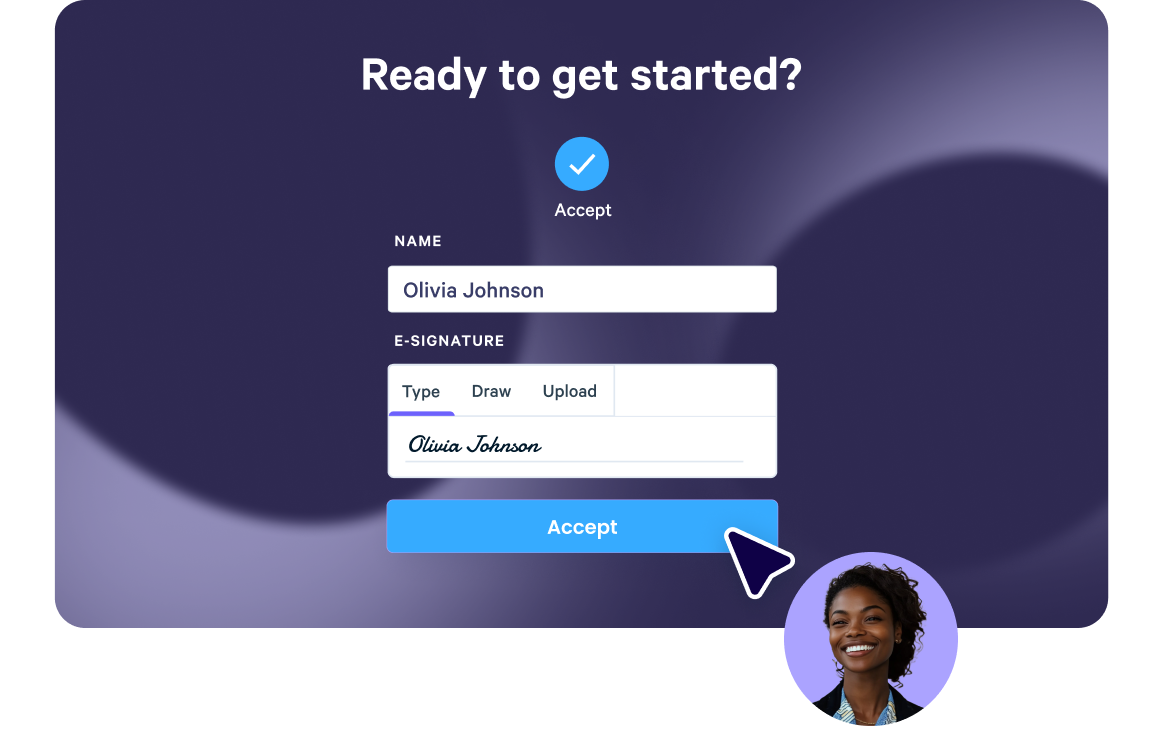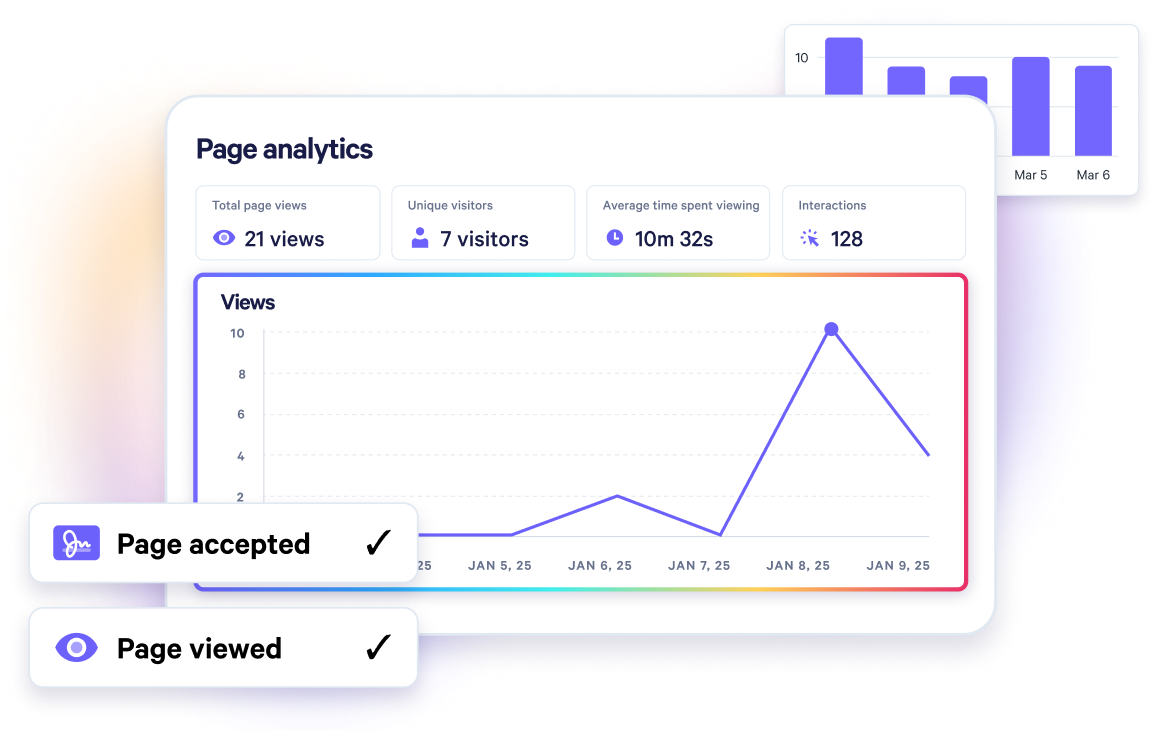Marketing Case Study Template
Highlight your marketing triumphs with the insightful Marketing Case Study Template – stress campaign milestones, inventive tactics, and happy clients.

About this template
Build credibility with our Marketing Case Study Template. Showcasing your successful campaigns and value delivered to clients, this template demonstrates your expertise and results-driven approach in the marketing field.
Illustrate the real-world impact of your marketing solutions and foster trust among potential clients. Our Marketing Case Study Template enables you to present your success stories effectively, positioning your agency as a leader in the industry.
What's included?
- The challenge
- Our solution
- Results
- Scope of work
Why Qwilr?
Design interactive proposals
Impress buyers with interactive proposals that stand out. Qwilr’s drag-and-drop editor makes it easy to create on-brand, stunning collateral — no design skills needed. Add videos, dynamic pricing, and ROI calculators to deliver a unique experience, while automated brand customizations ensure every proposal looks professional.

Built-in e-sign functionality
Combine stunning proposals, plain-text agreements, and secure e-signatures in one tool. Add print-friendly agreements alongside dynamic content and collect legally compliant e-signatures with ease. Track progress, capture multiple signatures, and close deals faster with Qwilr’s integrated e-sign functionality.

Real-time proposal analytics
Qwilr’s analytics provide full visibility into buyer engagement. Track when proposals are opened, signed, or shared, and get instant notifications for key buyer activities. See what buyers click on, how they engage, and prioritize follow-ups based on real-time insights—all designed to help close deals faster.

Templates for every use case
Explore templates for sales, marketing, customer success, sales enablement and more.
Explore case study templatesFrequently asked questions
To create a case study requires researching the customer's experience in detail. Speak with the customer and gather as much information as possible on their challenges, goals, and objectives. Use this information to craft a compelling narrative that demonstrates how your offering helped the customer succeed.
Ensure that your case study follows a logical and organized structure. Use headings to break up the text and create a visually appealing document that is easy to read.
The format of a case study typically follows a specific structure that includes an introduction, problem description, solution overview, and results section. Each section should have a clear objective and flow logically into the next.
The key parts of a case study include an introduction that sets the context for the study, a problem description that outlines the challenges faced by the customer, a solution overview that describes how your product or service helped the customer, and a results section that quantifies the impact of the solution.







